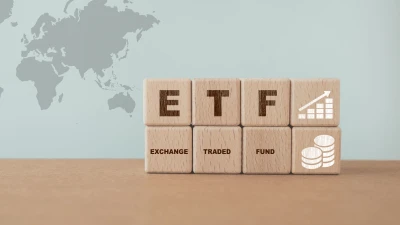Super weighs heavily on property returns
The weight of superannuation monies will continue to keep property yields low, according to Property Investment Research (PIR) director Mark Wist.
“The real issue in property is the weight of money generated by super and its allocation to property,” he said.
“Most large super funds allocate between 3 to 8 per cent to property, which is on top of the allocation to listed and unlisted REITs [real estate investment trusts].”
Property yields in Australia have been hovering around the 6 per cent mark, but there are deals in the pipeline that will push this down to 4 per cent.
Wist questioned how fund managers would achieve returns with these types of yields, which are less than the financing rates.
“The chase for assets has driven yields down to the point where the cost of debt is greater than the yield,” he said.
“In order to negate that, some managers are returning capital to investors to boost yields.
“We take a dim view of such actions.”
The lack of quality property assets in Australia is forcing managers to look in Europe and Japan for property. Wist said the cost of borrowing in these countries is making the yields look attractive, although in the UK the average yield is about 4 per cent.
“However, in some European countries yields of 6 per cent are the average, which is why funds are chasing property over there,” he said.
But there is the issue of currency hedging, and Wist said some managers have turned more into financiers than property managers.
“There was a fund recently that announced a headline distribution of $186 million, but $140 million of that was currency gains,’ he said.
“It is not unusual with some funds to see 30 per cent of the yield achieved by currency hedging.”
Wist said PIR’s rating process is aware of such transactions and it is reflected in the final rating.
“I would like to see yield based on cash earnings from the property rather than gains from derivatives,” he said.
“Hopefully, there will be a time in the future where managers achieve underlying property growth to deliver results.”
Another problem with relying on currency transaction for yields is the risk premium that has to be factored into the trust.
Recommended for you
Nuveen has made its private real estate strategy available to Australian wholesale investors, democratising access to a typically institutional asset class.
VanEck is expanding its fixed income range with a new ETF this week to complement its existing subordinated debt strategy which has received $1 billion in inflows this year.
Specialist global equities manager Nanuk has celebrated 10 years of its flagship New World Fund and is actively considering its next possible vehicle.
Australian equities manager Datt Capital has built a retail-friendly version of its small-cap strategy for advisers, previously only available for wholesale investors.











